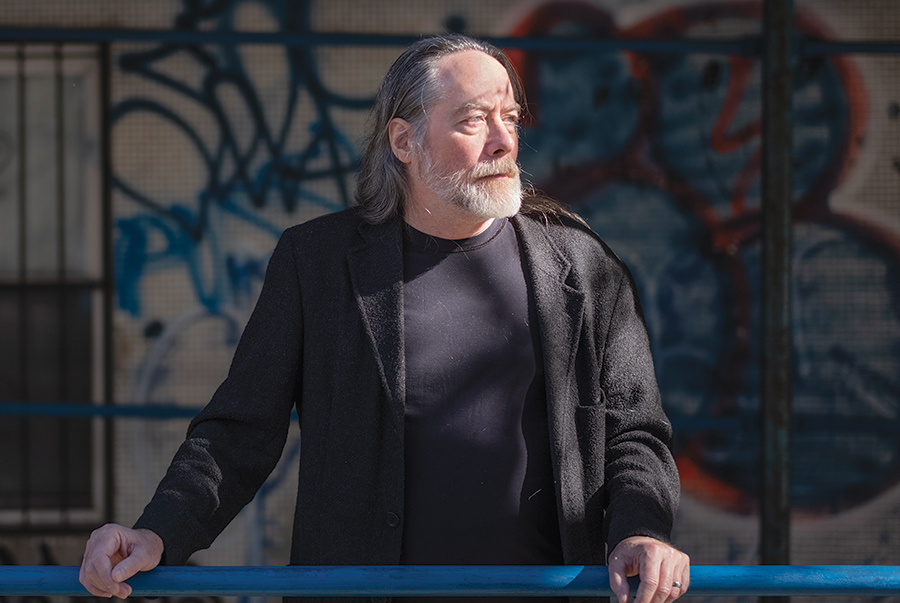
DO YOU SEE, AMERICA?
For the past three decades, my work has been focused on understanding violence, particularly gun violence. As a professor of criminal justice at John Jay College of Criminal Justice in New York City and the director of the National Network for Safe Communities at John Jay, my intention has been first to act — to do something that works — and then beyond that help people who do not already care or understand why they should.
As a Swarthmore student, the reality of Chester barely scratched my consciousness. Though I spent time there, working with kids and tutoring, my outrage at the oppression of Black communities was reserved for South Africa. I organized on campus against apartheid, had refined opinions about the Sullivan Principles, argued with President Dorie Friend about divestment.
Oh, I was righteous.
But not the least bit righteous about Chester. I will always be ashamed about that.
America’s gun violence is concentrated in its Chesters, and neighborhoods like Chester in bigger cities across the country. Black men are about 6% of America and about half of its murdered. In 2019, Chester’s homicide rate was 53:100,000 — about three times that of Chicago. I didn’t know any of that when I was at the College, and — not knowing — didn’t care. I was too busy knowing and caring about South Africa.
Today’s Swarthmore students know better — and, clearly, they care. After years of prep work, coalition building, data gathering, and analysis, Professor Lee Smithey and students in his Gun Violence Prevention course have gone live with the Delaware County Homicide Database, making it easy to see this awful reality. (Story, pg. 20.) Their work grew out of Smithey’s teaching on international peace issues, with a realization that there were deadly serious problems very close to home. They, and the College community, should be proud that they have seen, and taken action, around this awful issue that is in plain sight, not even hiding there — an issue that so many of us do not see and around which we do not act.
I’m also happy to say that Chester itself has reason for hope. I have been back to Chester over and over since I began my work in violence prevention, always without any success in getting that work started.
But starting late in 2020, a team led by newly elected Delaware County District Attorney Jack Stollsteimer put its version of that work in place — and Chester homicides are down more than 60%.
The last decades’ advances in violence prevention prove unequivocally that we do not have to live with the killing. But first we must see it and take responsibility for doing something about it. All praise to Smithey, his students, and the College for seeing what most of us, most of the time, do not.